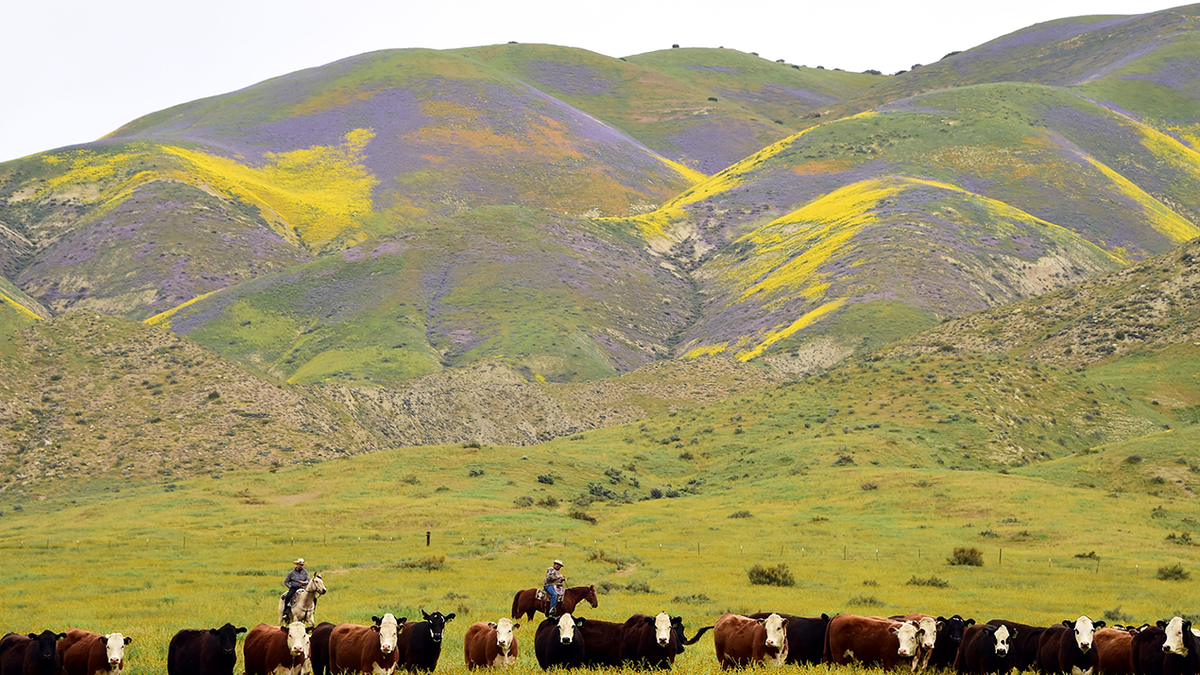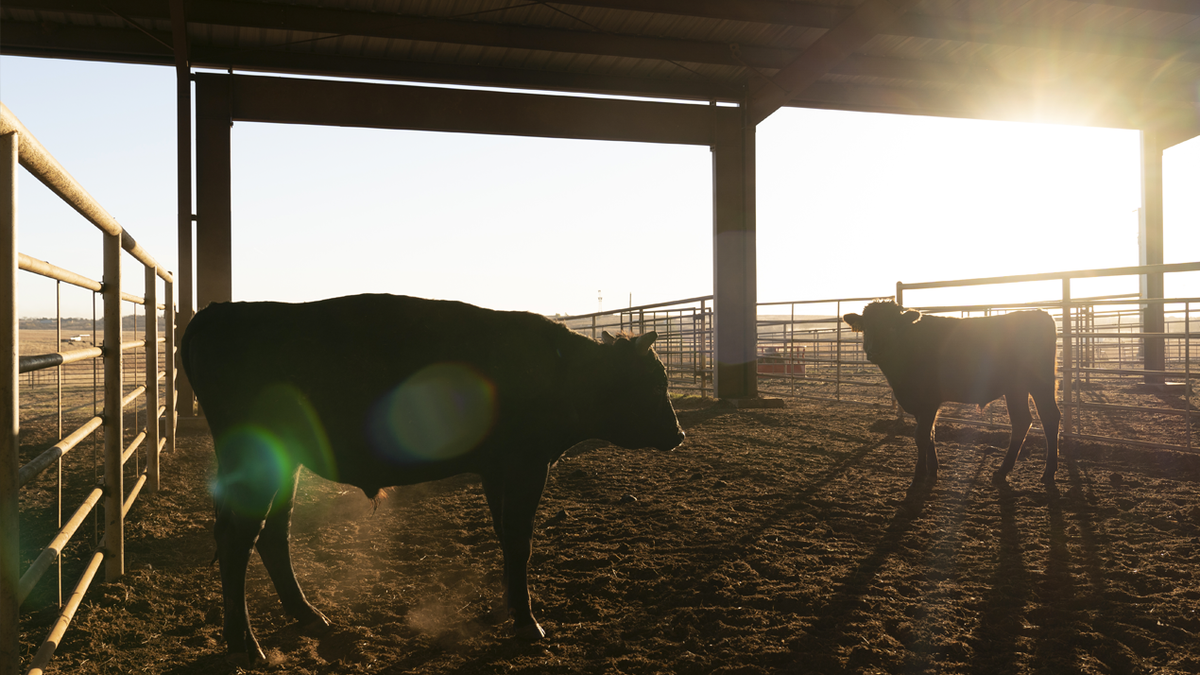Nevada Director of Agriculture J.J. Goicoechea warns Americans to prepare to pay more for groceries
Goicoechea said high energy costs, along with a decreased supply, is likely to drive the price of groceries, including beef, up.
A Nevada rancher has warned Americans that the price of groceries – including beef – is likely to continue to rise, citing inflation and a lower supply of cattle.
J.J. Goicoechea, who also serves as the new director of the Nevada Department of Agriculture, told Fox News Digital that high costs for energy, feed and fertilizer, along with a decreased supply of beef, will continue to drive beef prices higher in the coming years.
"The American consumer needs to be prepared that they’re going to pay more at the grocery store for their groceries, and that includes beef," he said.
In 2022, beef and veal inflation was at 5.3%, according to the Department of Agriculture, compared to a 9.9% increase in the price of food broadly. Eggs had the largest 2022 inflation rate, at 32.2%.

J.J. Goicoechea warned Americans to prepare for higher beef prices. (Tom Williams/CQ Roll Call)
MONTANA RANCHER PREDICTS BIDEN POLICIES COULD DIMINISH BEEF SUPPLY: ‘GOVERNMENT TAPE’
Goicoechea said the rising costs are the consequence of simple economics: A lower supply of beef, and higher costs for raising cattle.
"Inflation is still a huge problem for American farmers, cattle producers in general," Goicoechea said. "Everything that people buy at the hardware store, the grocery store, the fuel pump, us ranchers and farmers have to buy that, but on a lot bigger scale."

Inflation for beef and veal was at 5.3% in 2022, according to the U.S. Department of Agriculture. (Robyn Beck/AFP via Getty Images)
Energy, fertilizer and feed were the largest costs for ranchers, Goicoechea said, noting that the costs were directly tied to the country not being energy independent.
The price of energy rose 7.3% last year, according to the Bureau of Labor Statistics.
The rising costs, along with other challenges to the industry, such as drought, have forced many families to begin liquidating their ranches, resulting in a lower supply of beef, Goicoechea said.
"A lot of ranches have liquidated," he said. "I know some ranches have completely liquidated, and they’re going to try to rebuild in the future."

According to USDA's National Agricultural Statistic Service, there are 4% fewer beef cows in the United States as of Jan. 1, 2023. (Nick Oxford/Bloomberg via Getty Images)
RANCHERS WARN DISEASE THAT WOULD ‘DECIMATE’ THE CATTLE INDUSTRY COULD CROSS THE SOUTHERN BORDER
According to USDA’s National Agricultural Statistic Service, there are 28.9 million beef cows in the United States as of Jan. 1, 2023, a 4% decrease from the previous year.
Goicoechea predicted the rising prices would last two to three years, as the industry is working to rebuild, but the change wouldn’t happen overnight and would require the government to "get out of the way" of the industry.
CLICK HERE TO GET THE FOX NEWS APP
"We continue to feed the nation, all through a pandemic, and we will continue to do so," he said. "We just need some help from the government, less regulation, a little more support, and get out of our way."
